Equi-note 28 Horseshoeing-clip problems

Equi-note 28 Horseshoeing-clip problems What are clips? Clips are raised portions of the shoe made at different locations around its frontal perimeter, usually at the toe or along the quarters of the hoof. They are very complicated modifications to shoes, and require great skilll is applying correctly. This complexity is analyzed in this blog. Several […]
Equi-note 27 Horseshoeing-the scandal exposed at competitions

Equi-note 27 Horseshoeing-the scandal exposed at competitions Source: Equinamity.co Horseshoeing-the scandal exposed at competitions It is difficult to assess the state of horseshoing amongst geographically dispersed stables which contain widely different types and standards of riding. However, at competitions the standard of shoeing becomes much easier to assess. This post shows evidence of poor horseshoeing […]
Equi-note 26 Horseshoeing-why is it a scandal?

Equi-note 26 Horseshoeing-why is it a scandal? Clear evidence is shown in the next photos. Horseshoeing-why is it a scandal? The selection of photos shown above indicate a range of shoeing problems. They range from incorrectly fitted clips, incorrect rasping of sole and toe, and inappropriate shoe type. In addition, one of the hooves […]
Equi-note 25 Horseshoeing-an International Scandal

Equi-note 33 Horseshoeing-an International Scandal Equi-note 25-an International Scandal Why are so many of the world’s top horses being lamed, their welfare and their performance quality damaged by defective shoeing? Like the examples shown above and below. Three of these are leading international competitors in Grand Prix Dressage and 3-Day Eventing. Horseshoeing-an International Scandal The […]
Equi-note 24 What is rein pressure?
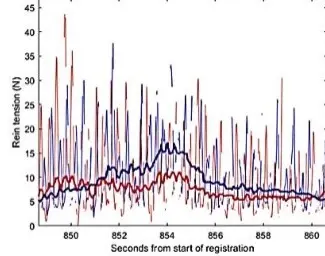
Equi-note 24 What is rein pressure? Rein tension or pressure is a complicated subject. It arises from two overall forces: the rider’s hands and the horse’s mouth. The reins are the connectors between them and at times are complementary and times conflicting. It exists because the rider needs to control, and the horse needs to […]
Equi-note 23 Hyperflexion-rollkur-damages the horse’s teeth
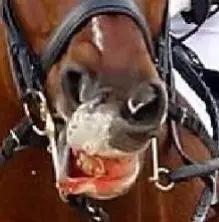
Equi-note 23 Hyperflexion-rollkur-can damage the horse’s teeth Source: left photo: dianefollowell.com; middle photo: horseproblems.com.au; right photo: [email protected]. Equi-note 23 Hyperflexion-rollkur-can damage the horse’s teeth The effects of rollkur have been explored in terms of body nand mental health and also in terms of vision. There is another key area which refers to its teeth. […]
Equi-note 22 Hyperflexion-rollkur damages the horse’s visibility
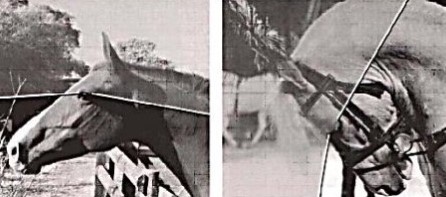
Equi-note 22 Hyperflexion-rollkur damages the horse’s visibility The horse’s head position affects its ability to see Source: photo on left El Sevier, wp: photo on right Captive Animals Protection Society; wp Equi-note 22 Hyperflexion-rollkur damages the horse’s visibility So far, the efffects of rollkur have been reviewed in terms of its physical effects on its […]
Equi-note 21 Hyperflexion-rollkur can damage the horse’s neck causing osteoarthritis
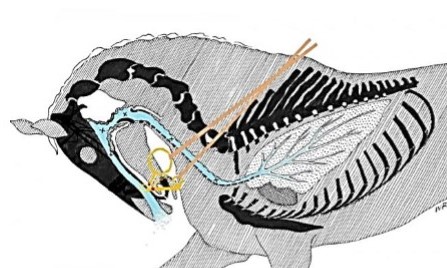
Equi-note 21 Hyperflexion-rollkur can damage the horse’s neck causing osteoarthritis Source: Library.academialberti.de Equi-note 21 Hyperflexion-rollkur can damage the horse’s neck causing osteoarthritis Previous posts have referred to damage created by constricting the trachea. This affects the horse’s ability to breathe and has an effect on the speed of the airflow. However, in addition, there […]
Equi-note 20 Hyperflexion-rollkur-the horse is more conflictive because faster airflow is more turbulent and abrasive
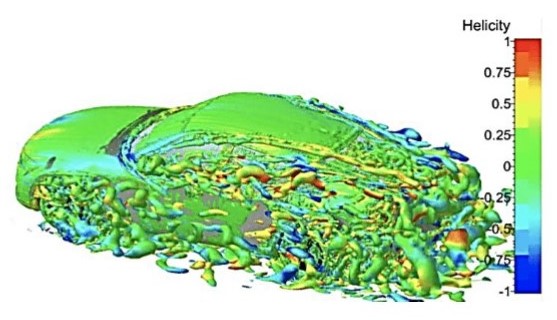
Equi-note 20 Hyperflexion-rollkur-the horse is more conflictive because faster airflow is turbulent and abrasive Simulation of airflow around a car model Source: “Numerical simulation around a realistic generic car model with different rear profiles” by E. Guilmineau, Ecole Centrale de Nantes, France, HAL Id: hal-01202486 [email protected] Jun 2014. open access Equi-note 20 Hyperflexion-rollkur-the horse […]
Equi-note 19 Hyperflexion-rollkur-the horse is more conflictive because extra needed air gets caught in two key entrapment areas
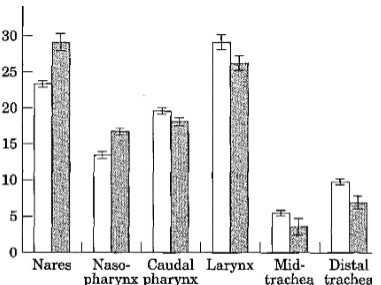
Equi-note 19 Hyperflexion-rollkur-the horse is more conflictive because extra needed air gets caught in two key entrapment areas Respiratory tract obstructions Source: “Airflow mechanics in models of equine obstructive airway disease under conditions simulating exercise” by Warwick Bayly 1997; wp The authors provide the following comments on the above chart: “It shows that […]